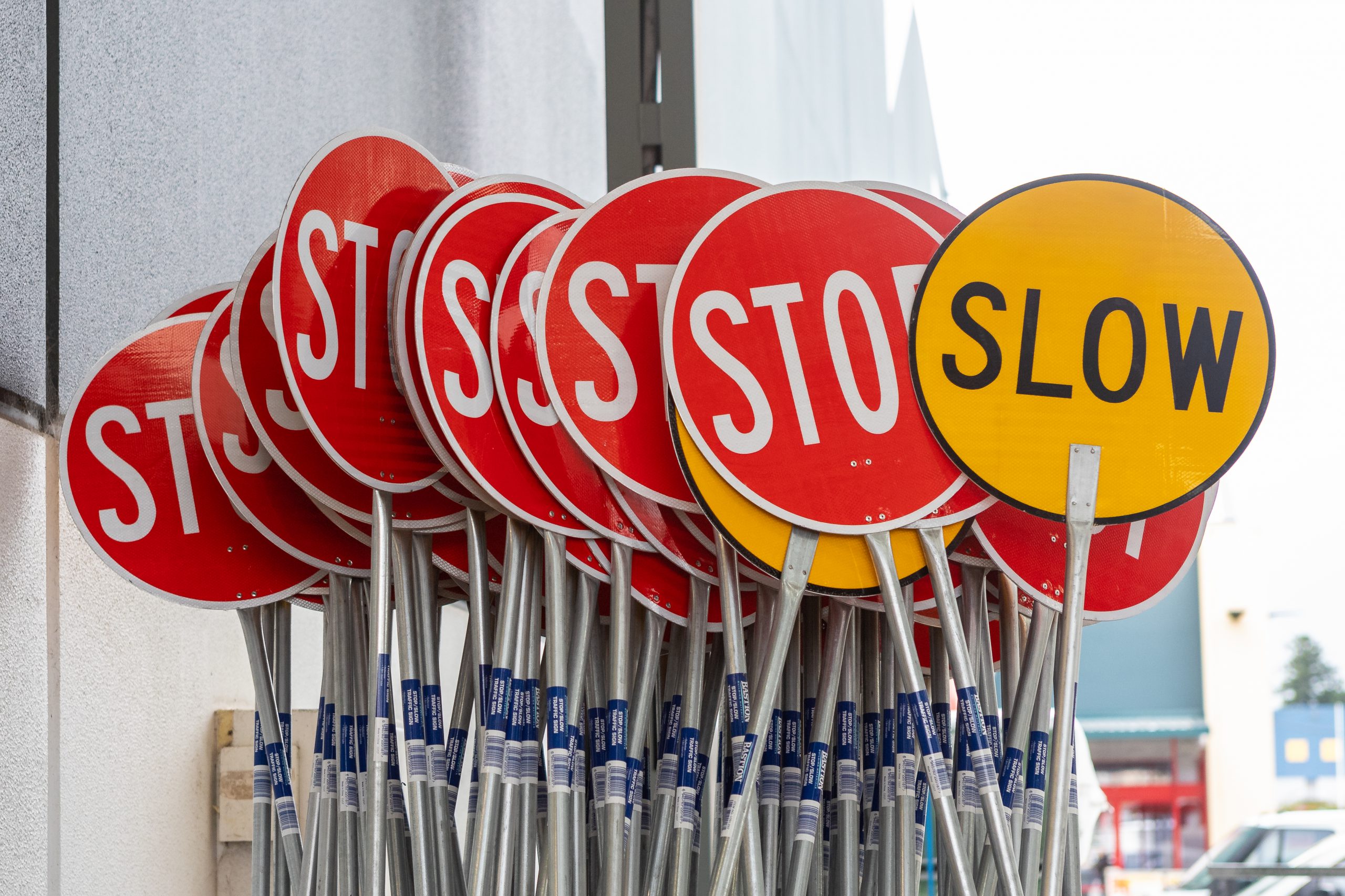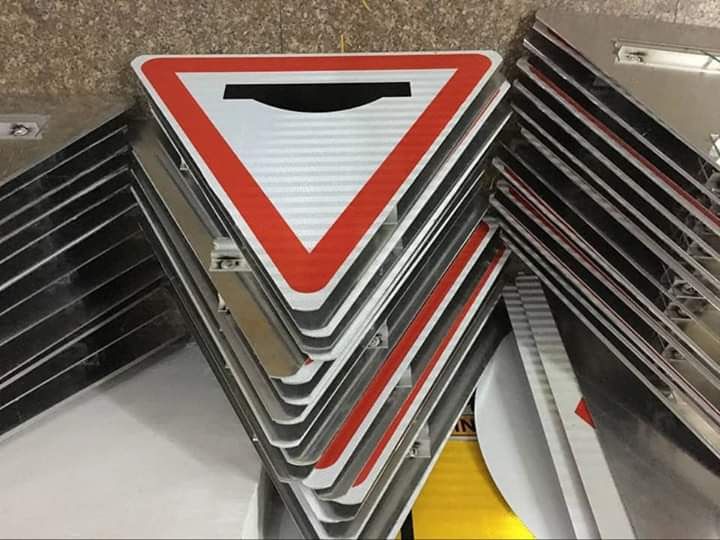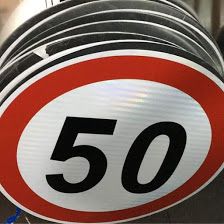Comprehensive Guide to Road Signs in Kenya – Permvard Signs, Nairobi’s Experts
Welcome to Permvard Signs, Nairobi’s trusted partner in custom signage solutions. This page delves into the world of road signs, exploring their types, meanings, and vital role in promoting safety and order on Kenyan roads. Whether you're designing, installing, or learning about road signage, we’ve got you covered.
What are Road Signs?
Road signs in Kenya are standardized visual markers used to regulate, warn, and guide road users. They are designed to ensure road safety, manage traffic flow, and provide essential information to motorists and pedestrians. In Kenya, road signs adhere to internationally recognized symbols and are categorized into three main types:
Types of Road Signs in Kenya
Road signs in Kenya are classified into three main categories, each serving distinct purposes:


1. Regulatory Signs
These signs enforce traffic laws and regulations. Ignoring them can result in penalties and accidents. Examples include:
Stop Sign: Commands drivers to halt completely before proceeding.
Speed Limit Sign: Indicates the maximum allowable speed.
No Parking Sign: Restricts parking in designated areas.
Give Way Sign: Requires drivers to yield to oncoming traffic.
2. Warning Signs
These triangular-shaped signs alert drivers to potential hazards ahead, ensuring they remain cautious. Common examples include:
Sharp Bend Ahead: Alerts drivers of sharp turns.
Pedestrian Crossing: Indicates areas frequently used by pedestrians.
Slippery Road: Warns about reduced traction during adverse weather conditions.
Animal Crossing: Indicates areas where livestock or wildlife may cross.
3. Informational Signs
These signs provide guidance and helpful information to road users. Examples include:
Hospital Sign: Directs to the nearest medical facility.
Fuel Station Sign: Indicates the location of fueling points.
Directional Signboards: Guides drivers to various destinations.
Tourist Attraction Signs: Highlights nearby landmarks and attractions.
Construction and Temporary Signs
These signs are used in construction zones or temporary situations to provide information about detours, lane closures, roadwork and temporary changes to traffic patterns
Importance of Road Signs on Kenyan Roads
Road signs are indispensable in ensuring safety and efficiency on our roads. Their significance includes:

1. Enhancing Road Safety
Properly installed and visible signs reduce accidents by informing and warning road users about potential risks.

2. Improving Traffic Flow
Traffic signs provide clear instructions, minimizing confusion and congestion.

3. Guiding Tourists and New Road Users
Informational signs help visitors navigate unfamiliar areas with ease, boosting the tourism industry.

4. Supporting Law Enforcement
Regulatory signs aid in upholding traffic laws, ensuring order and compliance.
Applications of Road Signs in Kenya
From highways to residential streets, road signs are strategically placed to serve different applications:



Urban Areas:
Informational and regulatory signs manage high traffic density and ensure pedestrian safety.
Highways:
Warning and directional signs promote smooth long-distance travel and minimize risks.
Construction Zones:
Temporary signs alert drivers to detours, hazards, and ongoing work.
School Zones:
Special signs indicate areas where children are crossing, emphasizing reduced speeds.
Why Choose Permvard Signs for Road Signage Solutions?
At Permvard Signs, we’re committed to enhancing road safety and traffic management through high-quality signage solutions. Here’s why we stand out:
Custom Solutions: Tailored designs to meet specific road requirements.
Durable Materials: Our signs are made to withstand Kenya’s diverse weather conditions.
Compliance: We adhere to Kenya’s road safety standards and regulations.
Expert Installation: Our team ensures precise placement for maximum visibility.

Commonly Asked Questions About Road Signs in Kenya
What are the most important road signs in Kenya?
Key signs include Stop Signs, Speed Limits, Pedestrian Crossings, and Directional Signboards.
How are road signs maintained?
Regular inspections and maintenance ensure visibility and compliance with standards.
Why are road signs necessary in construction zones?
They ensure safety by directing traffic and alerting drivers to hazards.
Commonly Asked Oral Questions in Kenyan Driving Schools
Question: What is the purpose of regulatory road signs, and why is it essential for drivers to adhere to them? Answer: Regulatory road signs enforce traffic laws and regulations, such as speed limits, stop signs, and no entry signs. It is crucial for drivers to adhere to these signs to maintain order, prevent accidents, and ensure the safety of all road users.
Question: Can you explain the meaning of a yield sign and provide an example of a situation where a driver should yield? Answer: A yield sign indicates that a driver must slow down and yield the right-of-way to vehicles or pedestrians in the intersecting traffic flow. For example, when approaching a yield sign at a roundabout, a driver should yield to vehicles already in the roundabout before entering.
Question: Describe the significance of warning signs on the road and give examples of common warning signs in Kenya. Answer: Warning signs alert drivers to potential hazards or changes in road conditions ahead. Common warning signs in Kenya include signs for sharp curves, pedestrian crossings, slippery roads, and animal crossings. These signs help drivers anticipate dangers and take necessary precautions to avoid accidents.
Question: How do informational road signs assist drivers in navigation, and why is it important to pay attention to them? Answer: Informational road signs provide guidance and directions to drivers, indicating route numbers, destinations, distances, and services such as fuel stations and hospitals. It is important to pay attention to them to navigate unfamiliar areas and plan routes effectively.
Question: What measures should drivers take when approaching a construction zone indicated by road signs? Answer: When approaching a construction zone indicated by road signs, drivers should reduce speed, be prepared for lane closures or detours, follow any temporary traffic control measures, and watch for construction workers and equipment on the road.
Question: How do guide signs help drivers in reaching their destinations, and what information do they typically provide?Answer: Guide signs provide directions to specific locations and facilities, such as highways, exits, junctions, and tourist attractions. They help drivers plan their routes and make informed decisions while driving by providing clear and concise navigation information.
Question: Explain the importance of understanding road signs for road safety and traffic management. Answer: Understanding road signs is crucial for road safety and traffic management as they convey important information, warnings, and regulations to drivers. By adhering to road signs, drivers can prevent accidents, reduce traffic congestion, and ensure the smooth flow of traffic on the roads.
Question: Can you differentiate between mandatory and prohibitory road signs, and provide examples of each? Answer: Mandatory road signs impose obligations on drivers, such as speed limits, one-way streets, and compulsory turn directions. Prohibitory road signs prohibit certain actions, such as no entry signs, no parking signs, and no U-turn signs.
Question: Describe the actions a driver should take when encountering a stop sign or a traffic light indicating red. Answer: When encountering a stop sign or a traffic light indicating red, a driver must come to a complete stop, yield the right-of-way to other vehicles or pedestrians, and proceed only when it is safe to do so and the way is clear.
Question: How do road signs contribute to reducing traffic congestion and improving overall traffic flow? Answer: Road signs provide clear and concise information to drivers, helping them navigate roads safely and efficiently. By following road signs, drivers can anticipate traffic conditions, plan routes effectively, and make informed decisions, thereby reducing congestion and improving traffic flow.
Permvard Signs has a wide range of Road Signs





